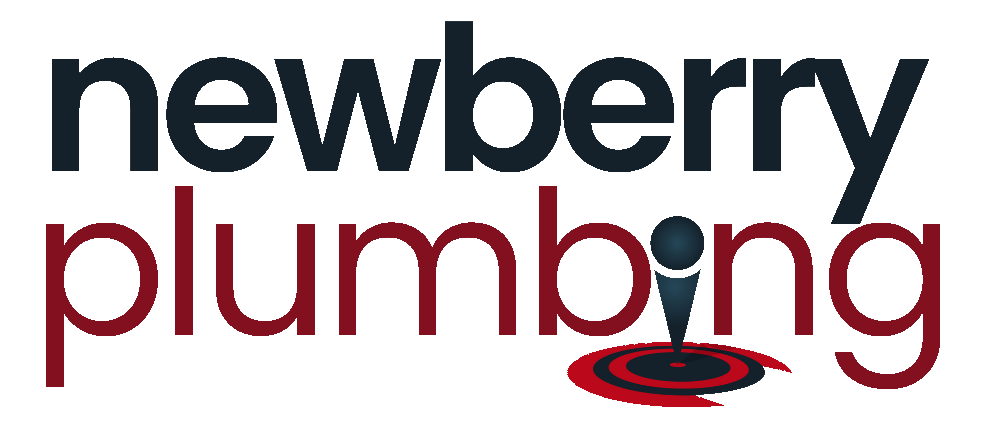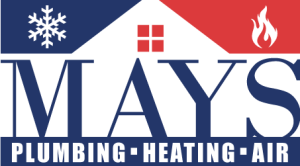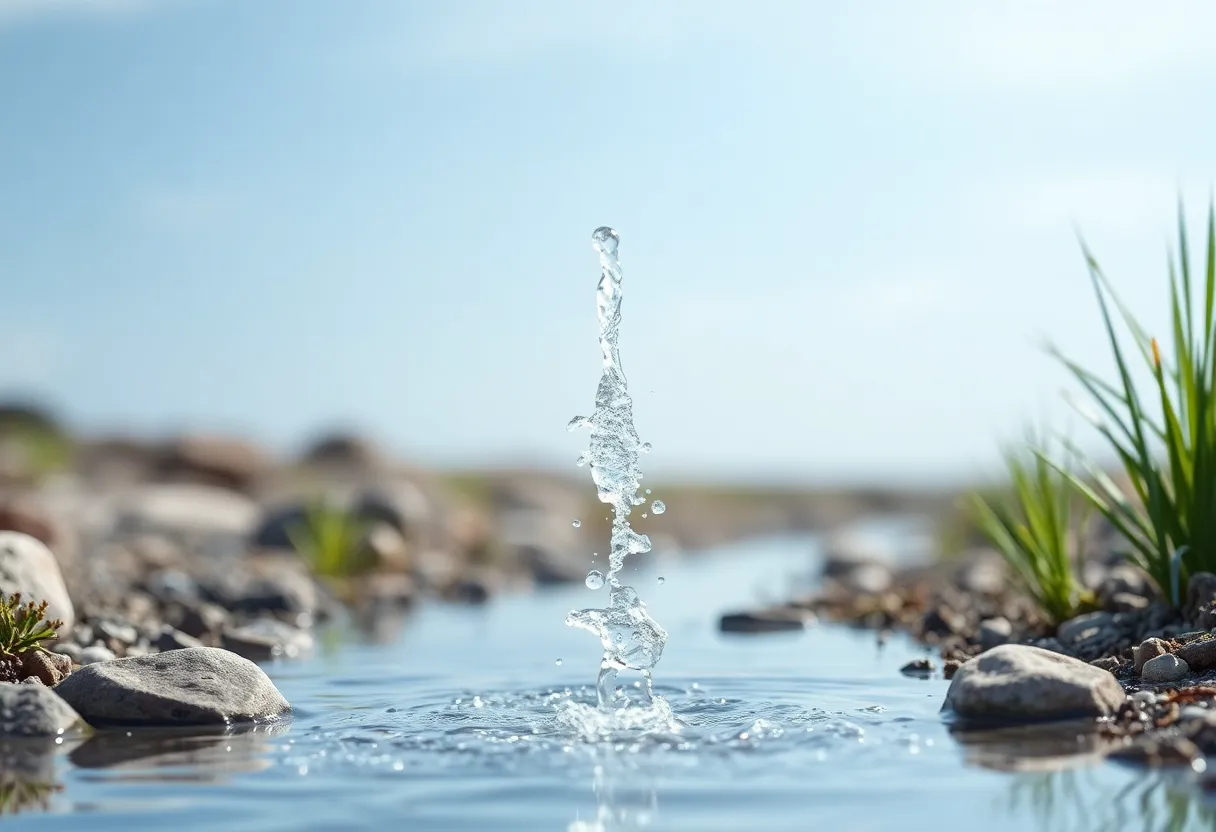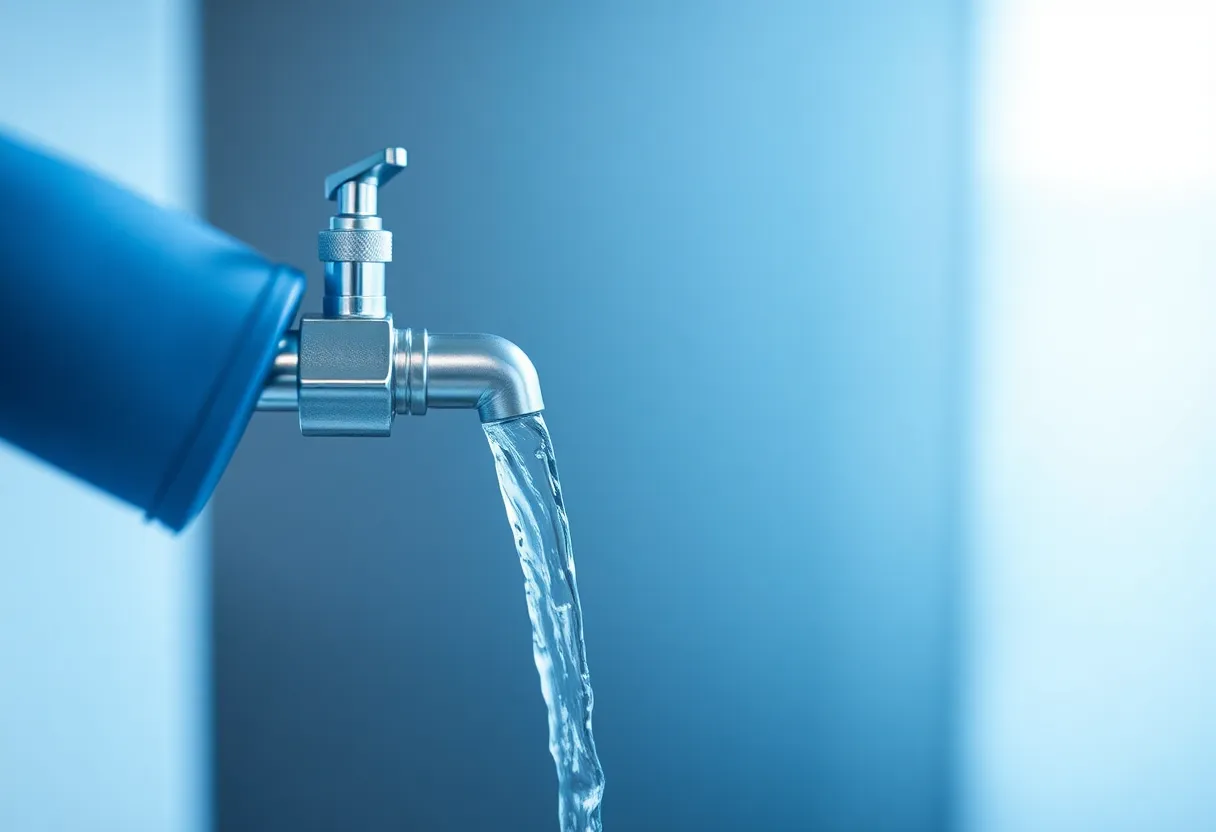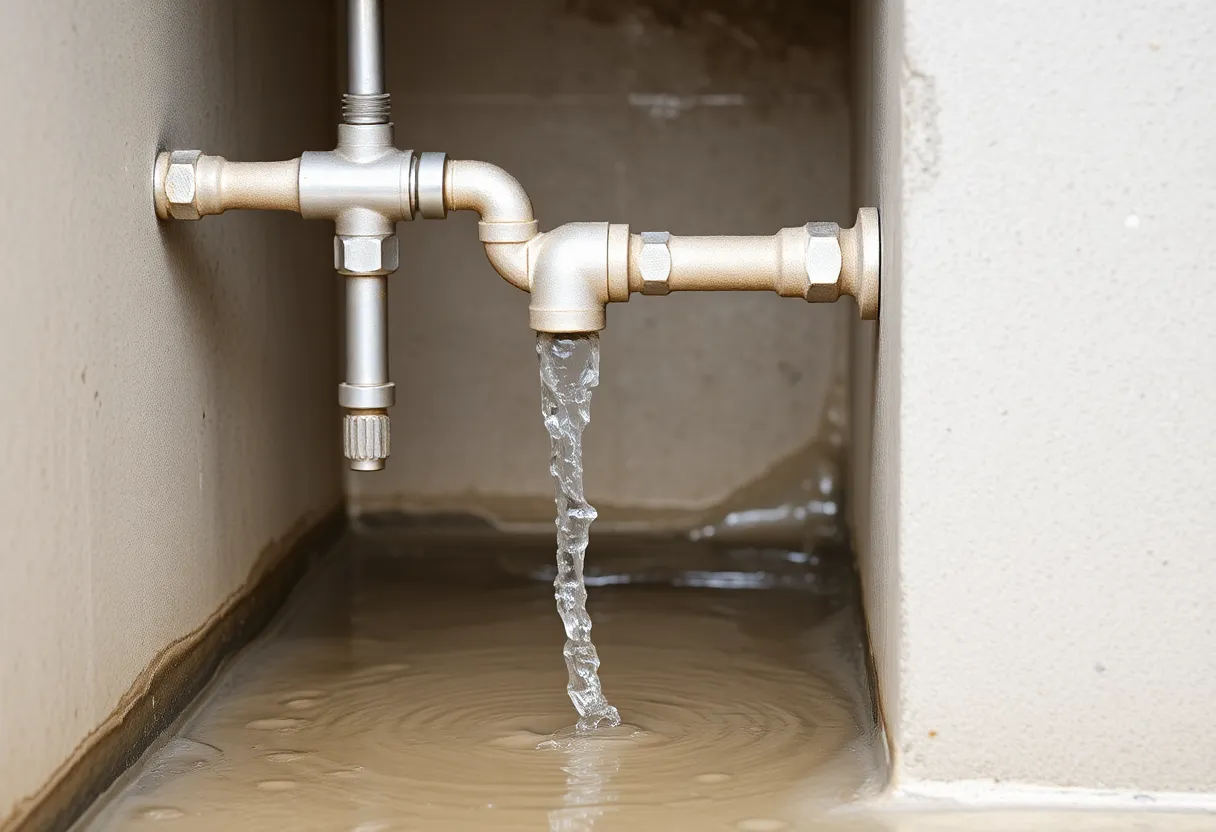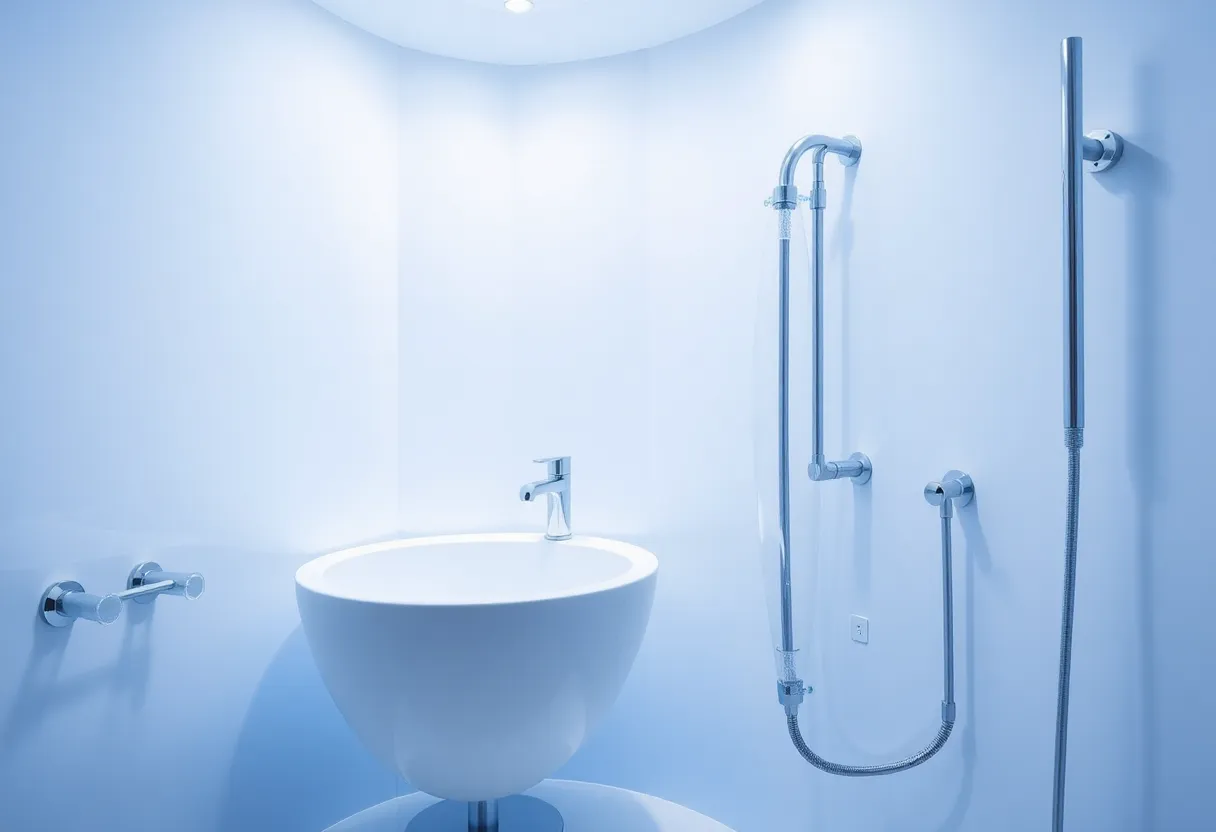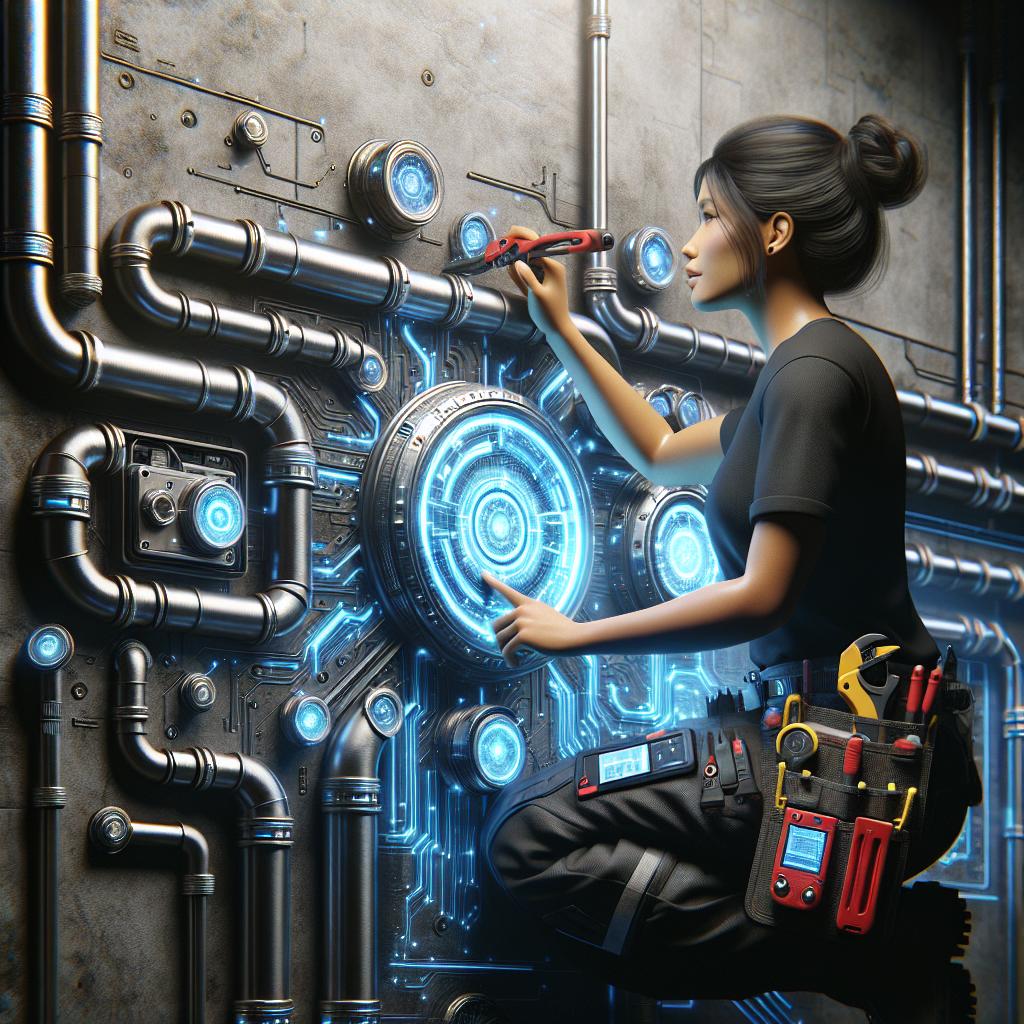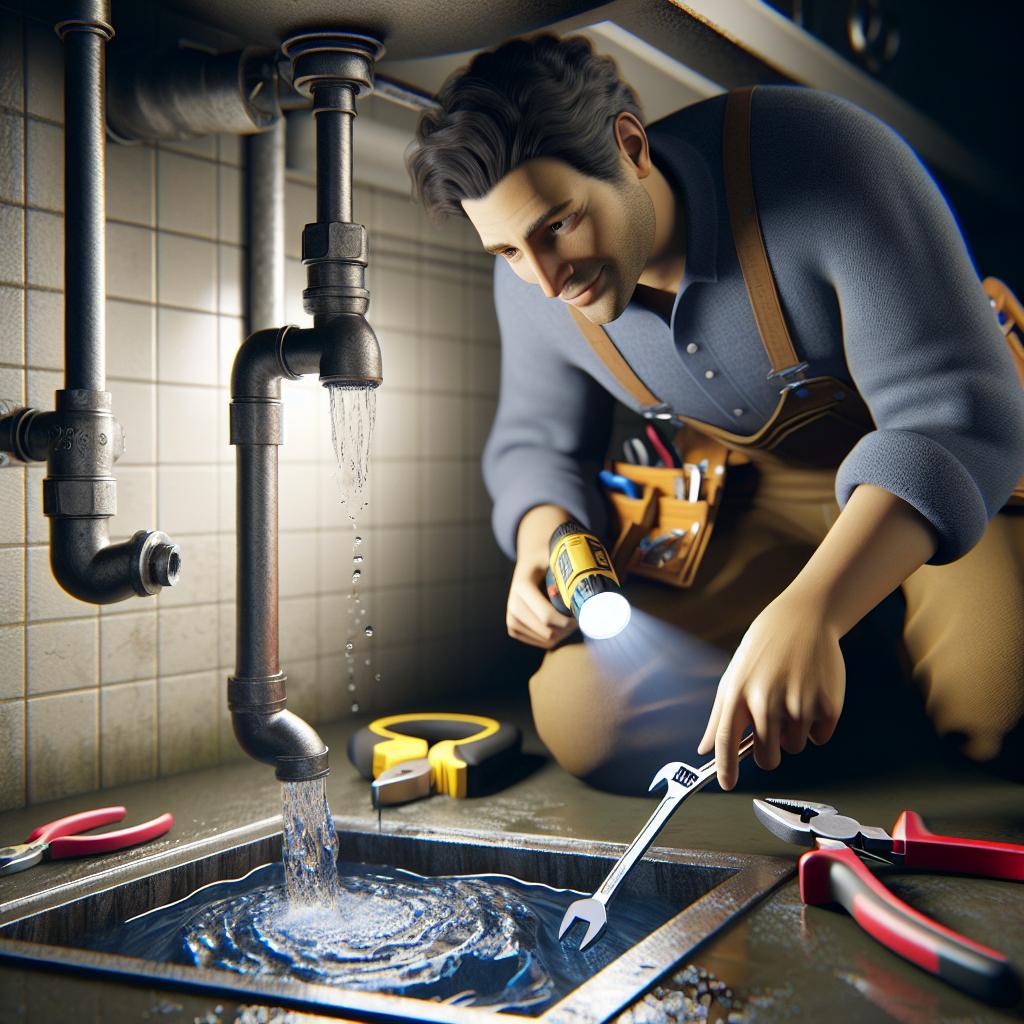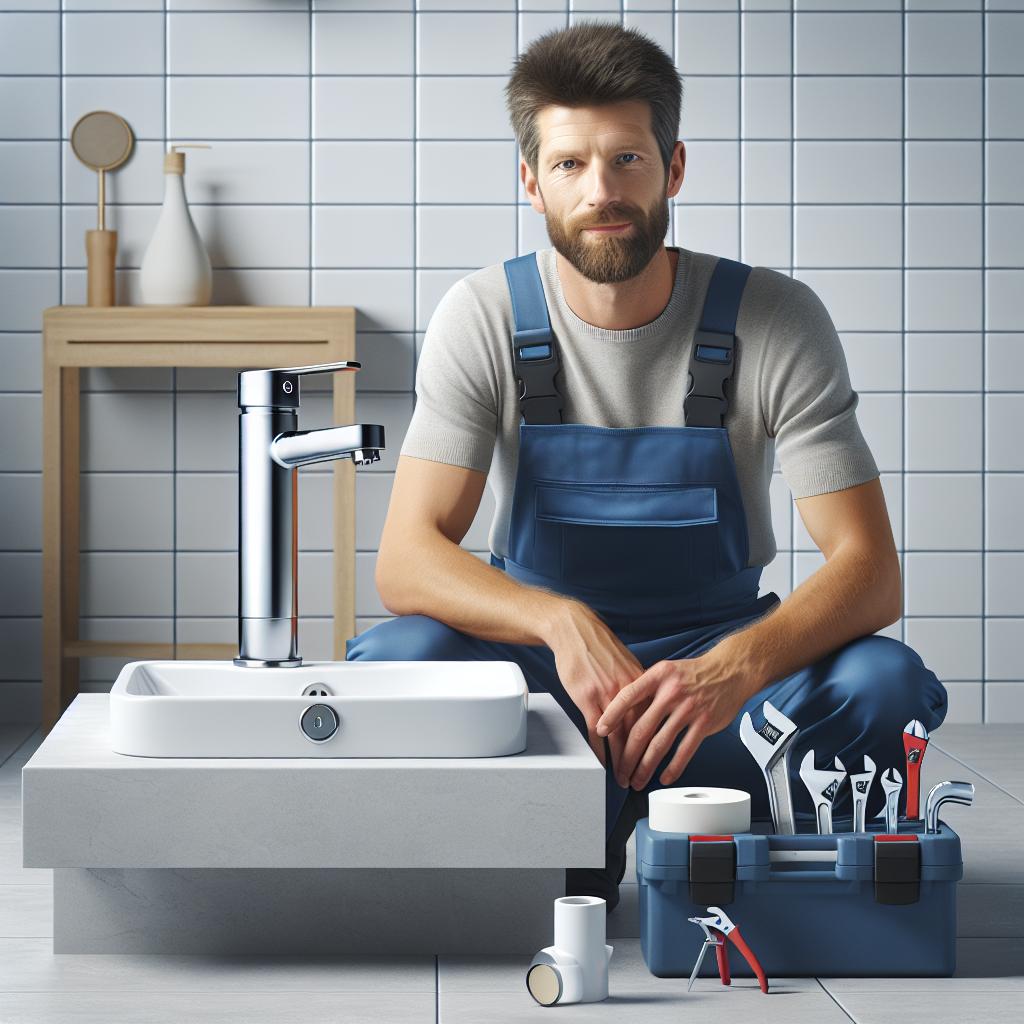Plumbing Revamp: The Top 5 Innovations Transforming How We Manage Water in Our Homes
Water is the essence of life, and in our homes, it is managed through an intricate system known as plumbing. As technology advances, the plumbing industry has seen significant innovations that not only improve functionality but also promote sustainability and efficiency. In this article, we will explore the _top five innovations_ that are transforming how we manage water in our homes.
1. Smart Water Systems
The _smart home movement_ has made its way into plumbing, leading to the emergence of _smart water systems_. These systems integrate technology to enhance monitoring and control over household water usage.
Features of Smart Water Systems
- Real-time Monitoring: Smart water systems provide real-time data on water consumption, allowing homeowners to track their usage and identify trends.
- Leak Detection: Advanced sensors can detect leaks before they become major issues. Notifications are sent to homeowners, enabling quick responses to prevent water damage and costly repairs.
- Automated Shut-offs: In case of a leak or unusual water flow, these systems can automatically shut off the water supply to mitigate damage.
- Remote Access: Homeowners can manage their plumbing systems remotely via smartphone apps, making adjustments and monitoring possible from anywhere.
Benefits of Smart Water Systems
By adopting a smart water system, homeowners can save money on utility bills by understanding and reducing their water consumption. Additionally, the reduction in leaks not only helps save water but also protects the structural integrity of the home, making it a wise investment for the long term.
2. Water-Saving Fixtures
Conserving water is more important now than ever before, and innovative _water-saving fixtures_ have become a staple in modern plumbing. These fixtures are designed to reduce water usage without sacrificing performance.
Types of Water-Saving Fixtures
- Low-Flow Toilets: These toilets use significantly less water per flush compared to traditional models, often using as little as 1.28 gallons per flush, cutting down on water waste.
- Sensor-Activated Faucets: Often found in public restrooms, these faucets are making their way into homes, providing touchless operation to minimize water usage.
- Water-Saving Showerheads: Modern showerheads can reduce water flow while maintaining pressure, providing satisfying showers with less water.
- Rainwater Harvesting Systems: These systems capture rainwater for reuse in irrigation, toilet flushing, and even laundry, promoting sustainability and reducing dependence on municipal water supply.
Benefits of Water-Saving Fixtures
Implementing water-saving fixtures allows homeowners to significantly lower their water bills while contributing to environmental sustainability. As public awareness of _water scarcity_ grows, having such fixtures can also enhance the home’s value.
3. Greywater Recycling Systems
The concept of _greywater recycling_ is another groundbreaking innovation in plumbing. Greywater is the lightly used water from sinks, showers, and washing machines. Instead of being sent straight to sewage, this water can be filtered and reused for irrigation or toilet flushing.
How Greywater Recycling Works
- Collection: Greywater is collected from household drains, usually from sources like showers, sinks, and washing machines.
- Filtration: The collected greywater passes through a filtration process to remove contaminants and contaminants.
- Distribution: Once filtered, the greywater is redirected to irrigation systems or toilets, reducing the need for fresh water.
Benefits of Greywater Recycling
Greywater recycling systems can significantly reduce water consumption in the home, leading to lower water bills and less stress on local water systems. Additionally, reusing water for gardens and landscaping promotes a more sustainable lifestyle.
4. High-Efficiency Water Heaters
Water heating accounts for a significant portion of household energy expenses. _High-efficiency water heaters_ have emerged as a much-needed innovation in modern plumbing, transforming the way we heat water in our homes.
Types of High-Efficiency Water Heaters
- Tankless Water Heaters: These heaters provide hot water on demand, eliminating the need for a storage tank, which can waste energy by keeping water heated when not in use.
- Heat Pump Water Heaters: Using electricity to move heat from one place to another rather than generating heat directly, these water heaters can be significantly more efficient than traditional models.
- Solar Water Heaters: These systems harness solar energy to heat water, providing a renewable source of energy that can drastically reduce utility costs.
Benefits of High-Efficiency Water Heaters
The adoption of high-efficiency water heaters can lead to decreased energy consumption and lower energy bills, providing rapid returns on investment. Furthermore, they contribute to reducing carbon footprints, making them a vital component in sustainable living.
5. Advanced Pipe Technologies
Pipe technology is continually evolving, and the introduction of _advanced materials_ and methods is revolutionizing plumbing systems in homes. Innovations in pipe technology can address common problems such as leaks, corrosion, and pressure loss.
Innovations in Pipe Technologies
- PEX Piping: Made from cross-linked polyethylene, PEX pipes are flexible, resistant to corrosion, and less likely to leak. They’re easier to install compared to traditional metal pipes.
- Trenchless Technology: This method allows for the replacement and repair of pipes without extensive digging, minimizing damage to landscapes and existing structures.
- Epoxy Pipe Lining: For older pipes suffering from corrosion, epoxy lining can effectively seal and restore the pipes without replacing them fully.
Benefits of Advanced Pipe Technologies
Advanced pipe technologies reduce the risk of leaks and enhance the durability of plumbing systems, which leads to lower maintenance costs. The longevity and reliability of modern pipes contribute to overall efficiency in water management.
The Future of Plumbing Management
As we have explored, the innovations transforming how we manage water in our homes are vast and varied. From _smart water systems_ to _greywater recycling_, the future looks promising for sustainable plumbing solutions. These innovations not only enhance our water management but also align with the growing need to conserve natural resources and promote a more sustainable lifestyle.
Embracing these advancements can lead to significant improvements in the efficiency and functionality of household plumbing systems. Homeowners looking to revamp their plumbing can take a proactive approach by researching these innovations, consulting with professionals, and investing in technologies that benefit both their homes and the environment.
Conclusion
The world of plumbing is undergoing a remarkable transformation, driven by innovations that enhance water management in homes. Understanding these advancements will allow homeowners not only to save money and resources but also to contribute positively to the environment. As we continue to see advancements in technology, it’s crucial to keep abreast of these changes and consider integrating them into our homes for a better future.
